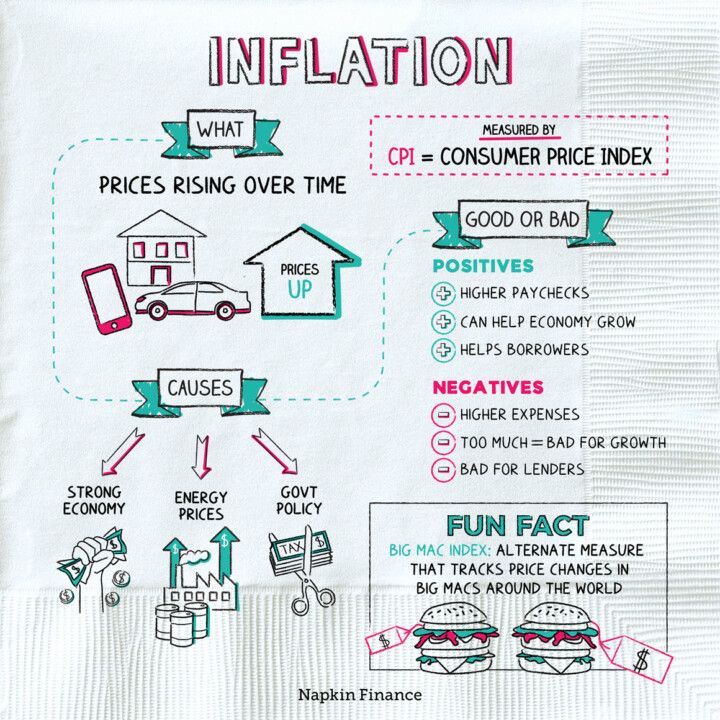When prices rise on average in an economy, it’s called inflation. In the recent past, in developed economies, inflation has only been a few percent per year, but some decades ago, double-digit inflation, even in developed economies, wasn’t unusual. One of the reasons that inflation has come under control is that economists now have a pretty good understanding of what causes it and how countries can reduce it.
Although inflation (increasing prices) is the norm, some countries (such as Japan) have experienced prolonged deflation, that is, falling prices, which means that people and firms often put off spending to wait for a lower price. This behavior puts more downward pressure on prices. In some cases, inflation has become so extremely high that economists have a unique name: hyperinflation. Germany after the First World War is a classic example, but the most recent extreme case is Zimbabwe, where — at its peak in mid–2008 — prices doubled every day.
When inflation occurs, the domestic currency loses value. The fact that a candy bar used to cost 10 cents in the early 1960s and now costs $1, is a way of saying that $1 used to buy ten bars but now only buys one. The dollar has lost value. Alternatively, you could say that in the early 1960s, you could get a dollar by giving up ten candy bars, while today, you only need to give up one. The candy bar price of getting a $1 bill has fallen tenfold. Either way, inflation means the domestic currency is becoming less valuable.
The good news is that there are just two underlying causes of inflation. One is that the monetary authorities print too much money. Money loses value like anything else when its supply becomes relatively abundant.
The second cause is the expectations mechanism. If everyone expects money to lose value, everyone will try to get rid of it quickly, and the easiest way to do this is to spend it. But this is just a game of hot potato. Dick buys something from Jane and gives her money. But Jane doesn’t want to hold money either, so Jane buys something from Tom. Now Tom tries to get rid of the money by buying from Harry, and so on. Before long, all these purchases start to increase in price, justifying everyone’s initial fear.
The two causes are not unrelated. Jane, Tom, Dick, and Harry may expect inflation because they expect rapid money growth. Yet the two forces are logically distinct. Hyperinflations usually start with lots of money growth but are made worse by the expectations factor.





